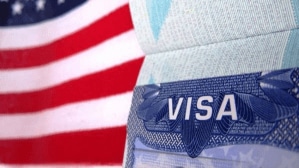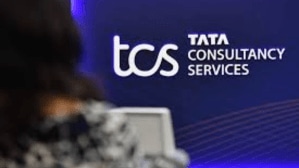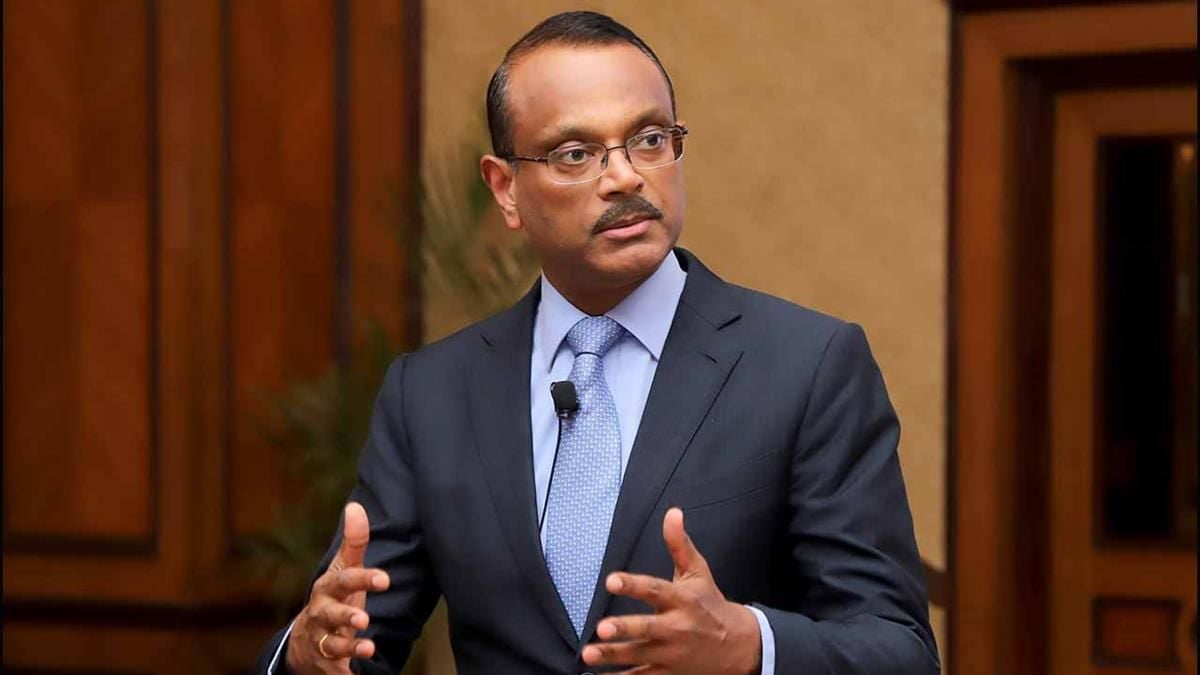-
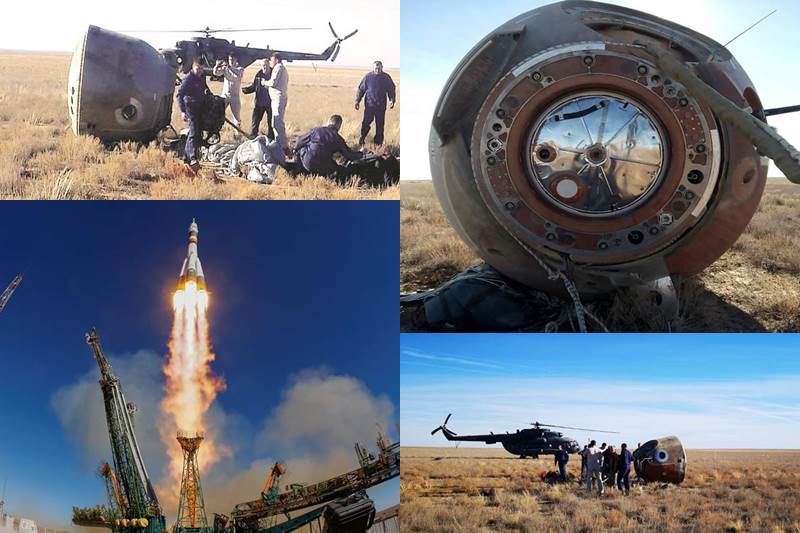
A Russian cosmonaut and a US astronaut were safe on Thursday after a Soyuz rocket bound for the International Space Station failed in mid-air two minutes after liftoff in Kazakhstan, leading to a dramatic emergency landing. The two-man crew, Alexei Ovchinin and Nick Hague, landed unharmed on the Kazakh desert steppe as rescue crews raced to reach them.
-
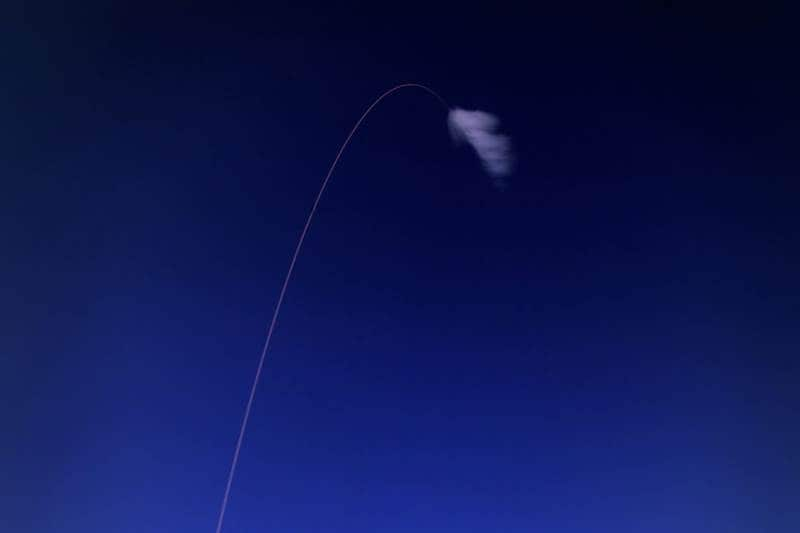
The Soyuz MS-10 spacecraft is seen in this long exposure photograph as it is launched with Expedition 57 Flight Engineer Nick Hague of NASA and Flight Engineer Alexey Ovchinin of Roscosmos, at the Baikonur Cosmodrome in Kazakhstan on Thursday. (Reuters)
-
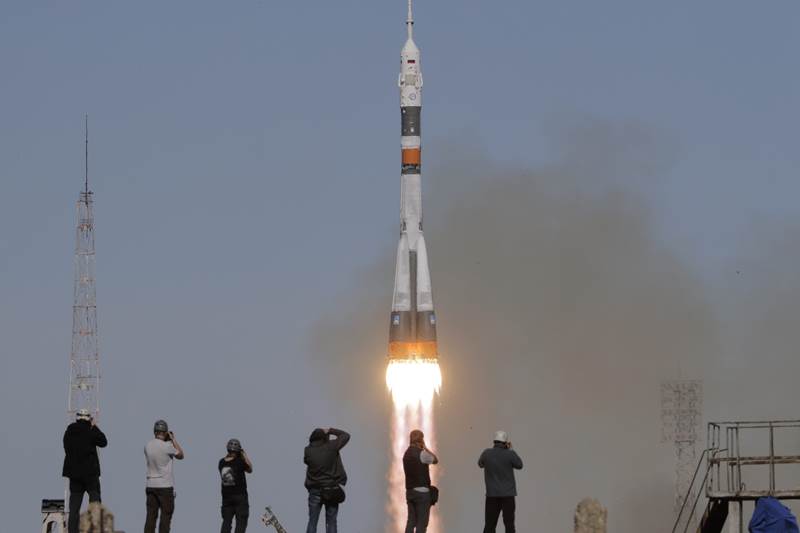
During the Soyuz spacecraft's climb to orbit, an anomaly occurred, resulting in an abort downrange. (Reuters)
-
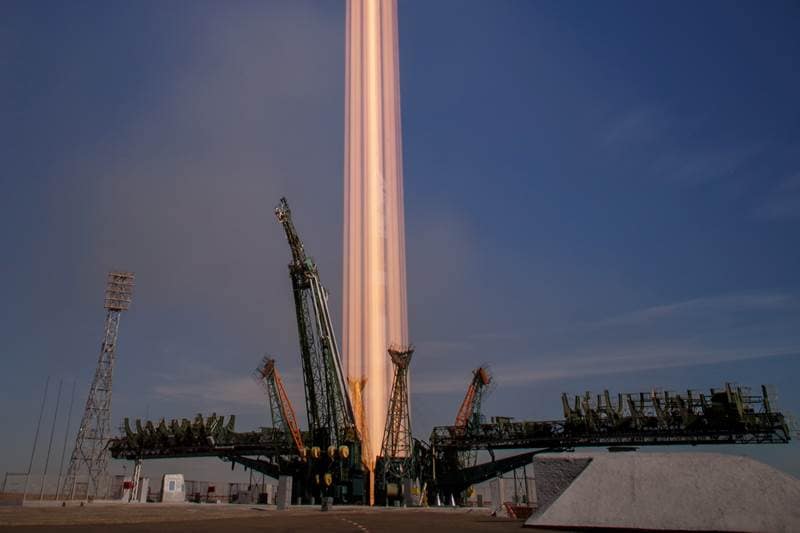
The Soyuz-FG rocket booster with Soyuz MS-10 space ship carrying a new crew to the International Space Station, ISS, blasts off at the Russian leased Baikonur cosmodrome in Kazakhstan. (AP/PTI)
-

In this photo provided by Russian Defense Ministry Press Service, the rescue team gather next to the Soyuz MS-10 space capsule after it made an emergency landing in a field about 20 km from Dzhezkazgan, northeast of Baikonur in Kazakhstan. (AP/PTI)
-
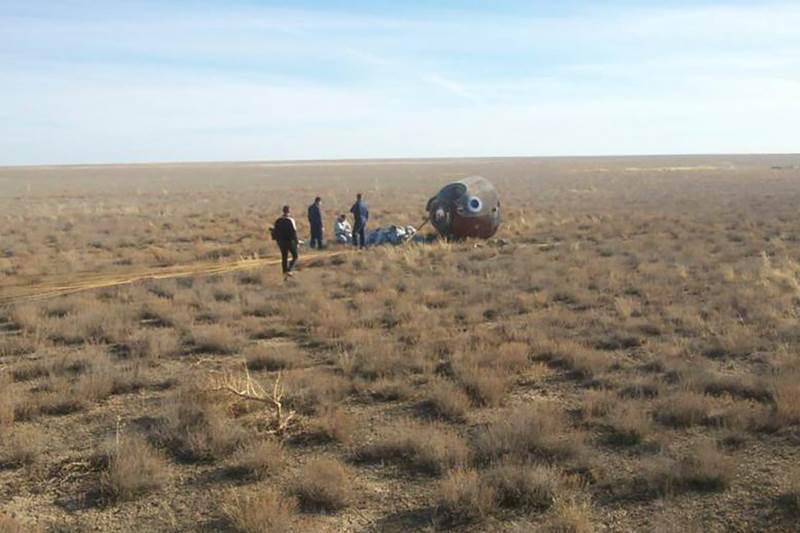
The crew was quickly recovered and is in good condition. (Reuters)
-
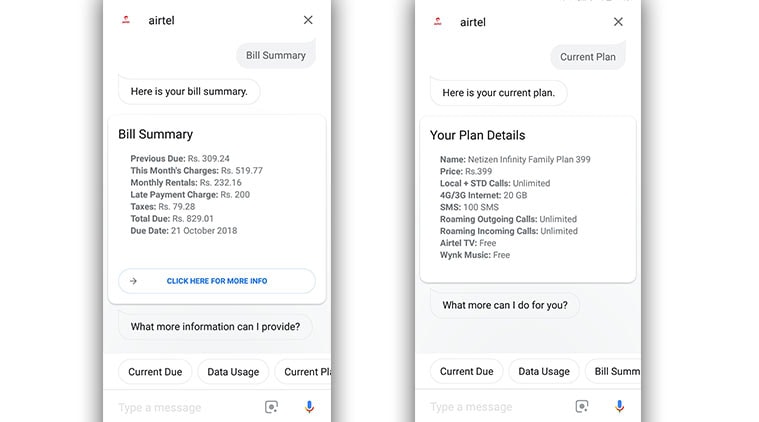
Specialists gather near the Soyuz capsule transporting Nick Hague and Alexei Ovchinin after it made an emergency landing in central Kazakhstan. (Reuters)
-
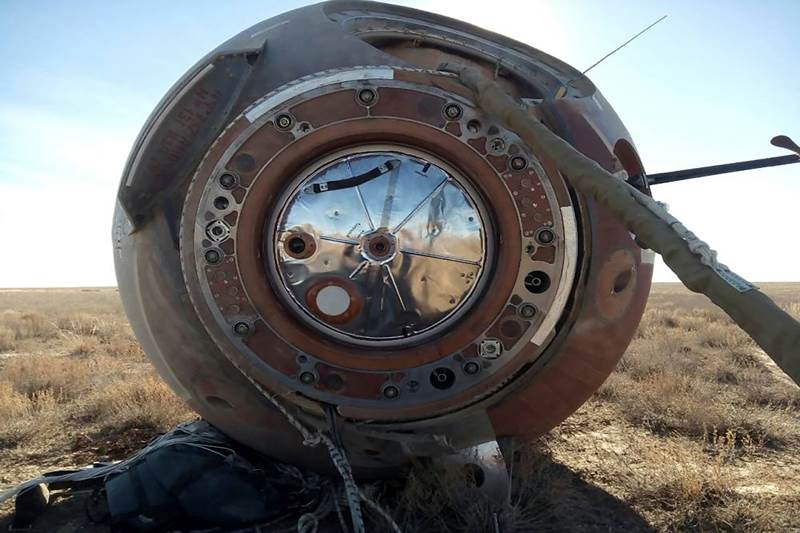
A view shows the Soyuz capsule transporting Nick Hague and Alexei Ovchinin. (Reuters)
-

The mishap occurred as the first and second stages when a Russian booster rocket separated shortly after the launch from Kazakhstan's Soviet-era cosmodrome of Baikonur. (Reuters)
-

Pictures released by Roscosmos after the rescue showed the two men smiling and relaxing on sofas at a town near their landing site as they underwent medical tests. (Reuters)
-
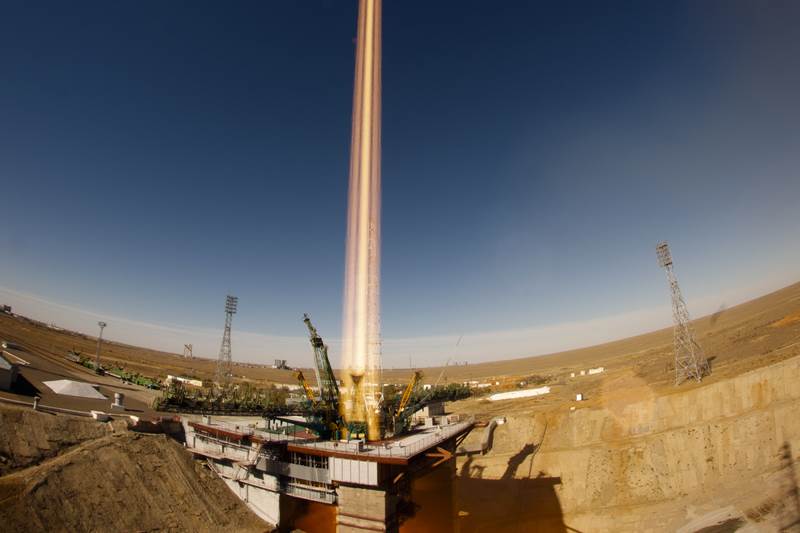
The Soyuz MS-10 spacecraft is launched with Expedition 57 Flight Engineer Nick Hague of NASA and Flight Engineer Alexey Ovchinin of Roscosmos. (Reuters)
-
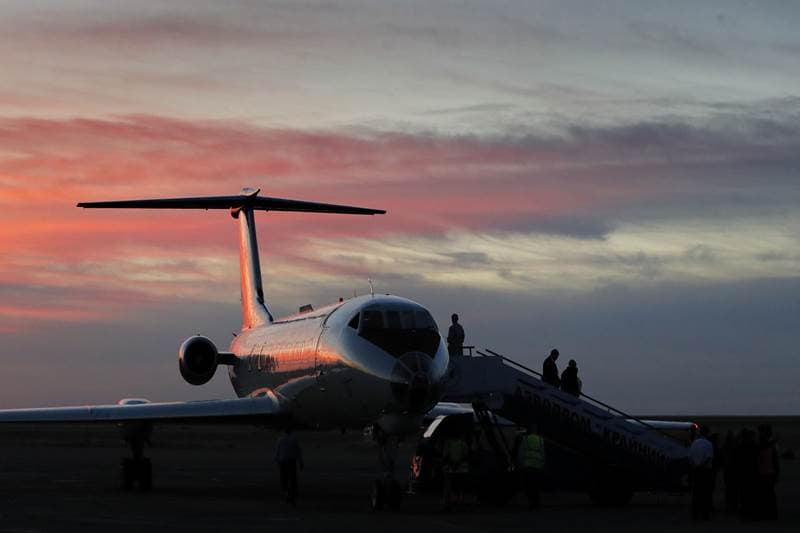
A plane, transporting Russian cosmonaut Alexey Ovchinin and US astronaut Nick Hague who arrive after the spacecraft made an emergency landing. (Reuters)
-

NASA has relied on Russian rockets to ferry astronauts to the space station since the United States retired its Space Shuttle programme in 2011. (AP)
-

Thursday's mishap was the first serious launch problem experienced by a manned Soyuz space mission since 1983 when a crew narrowly escaped before a launchpad explosion. (AP)

46th Blue Dragon Film Awards winners: ‘Crash Landing’ couple Hyun Bin, Son Ye Jin declared Best Actors
